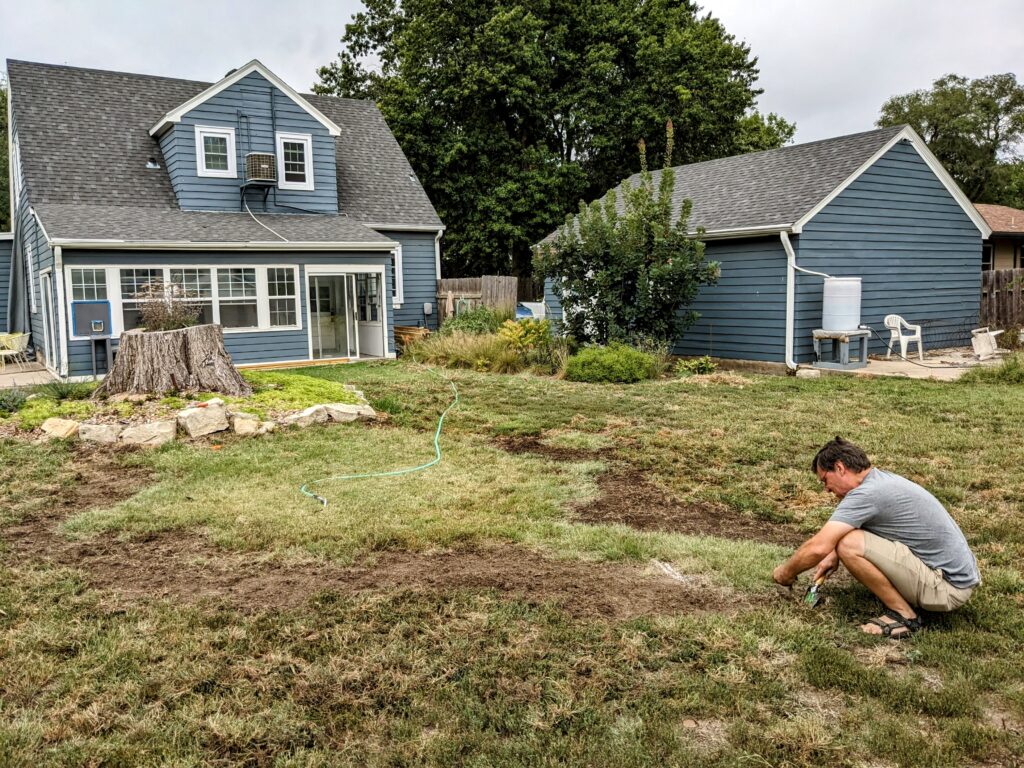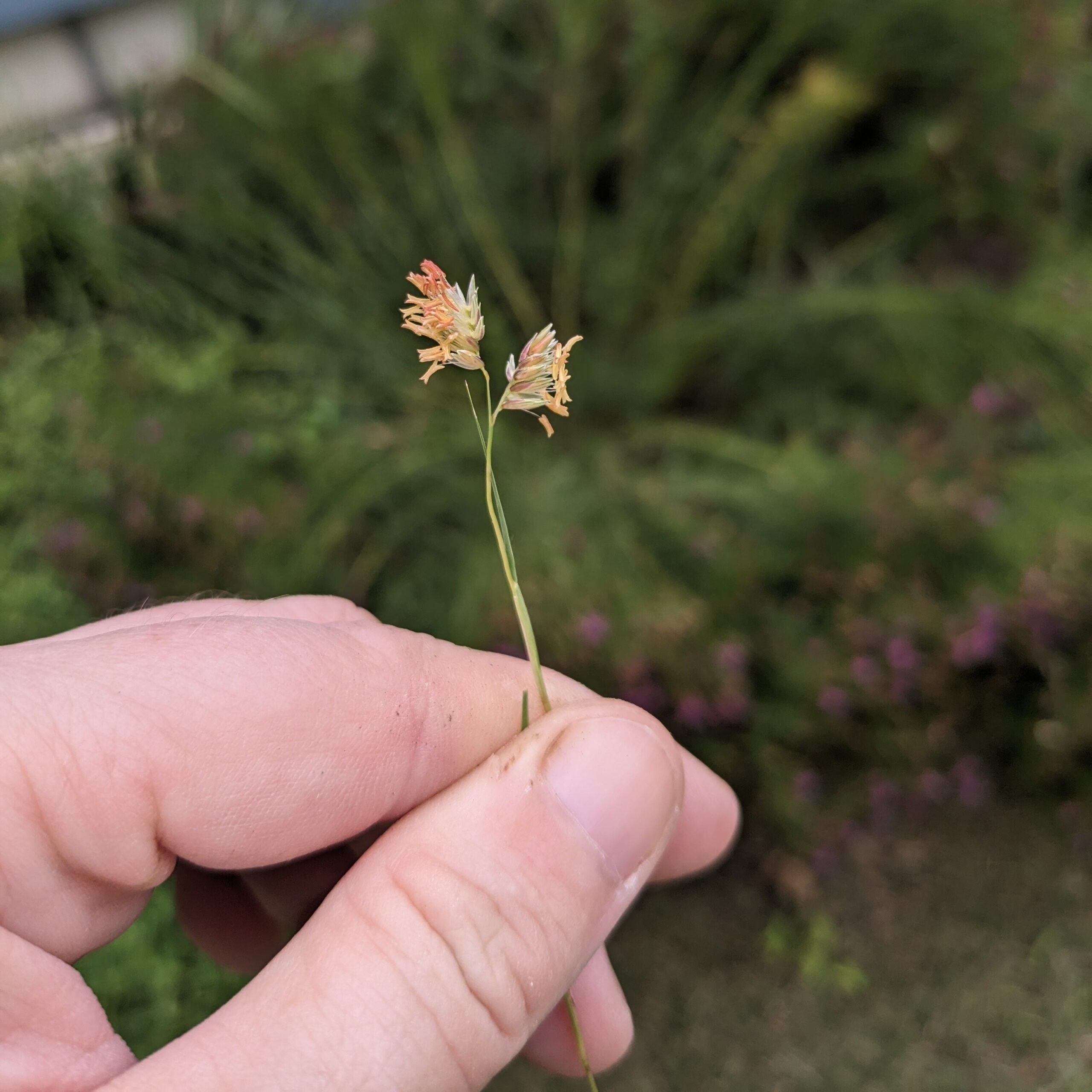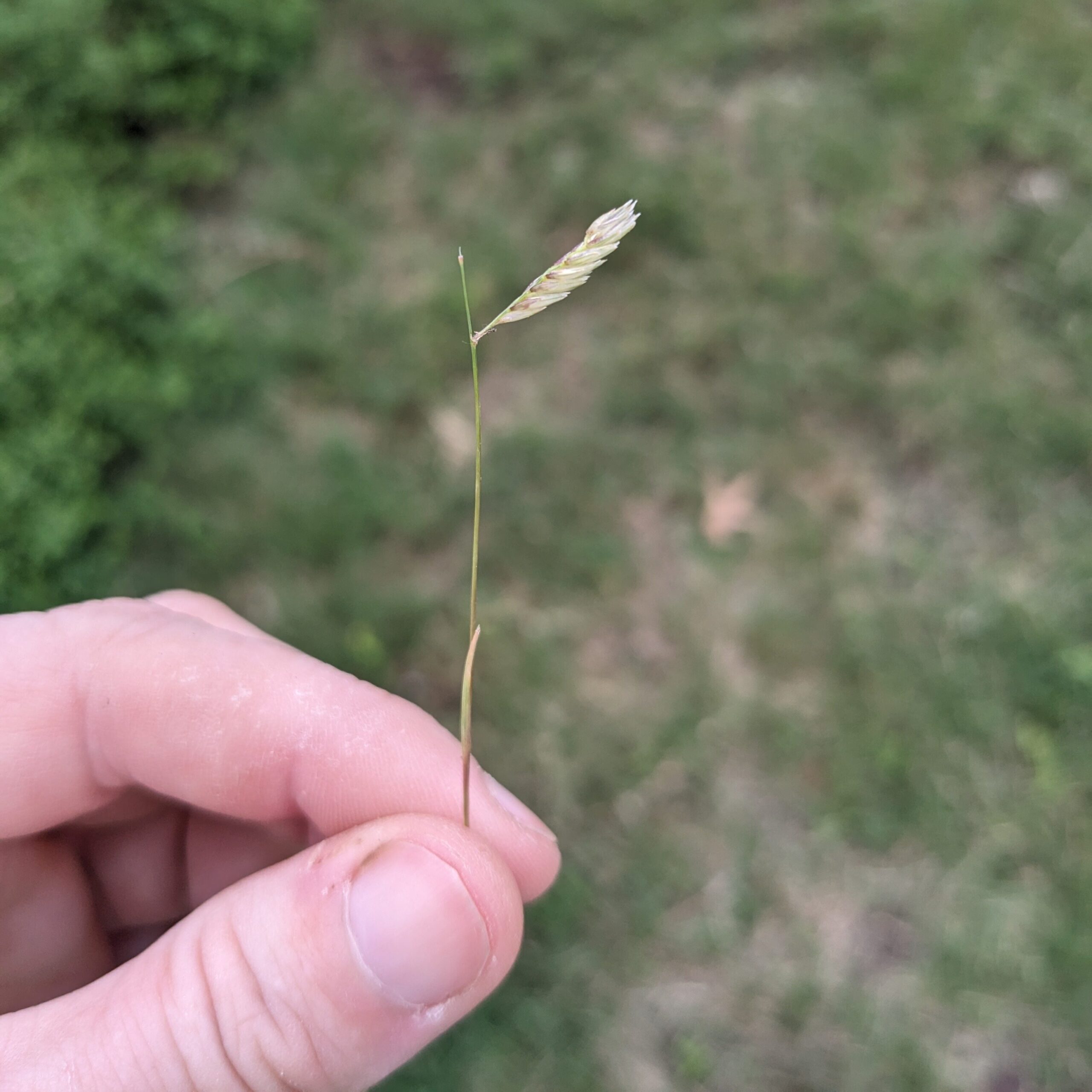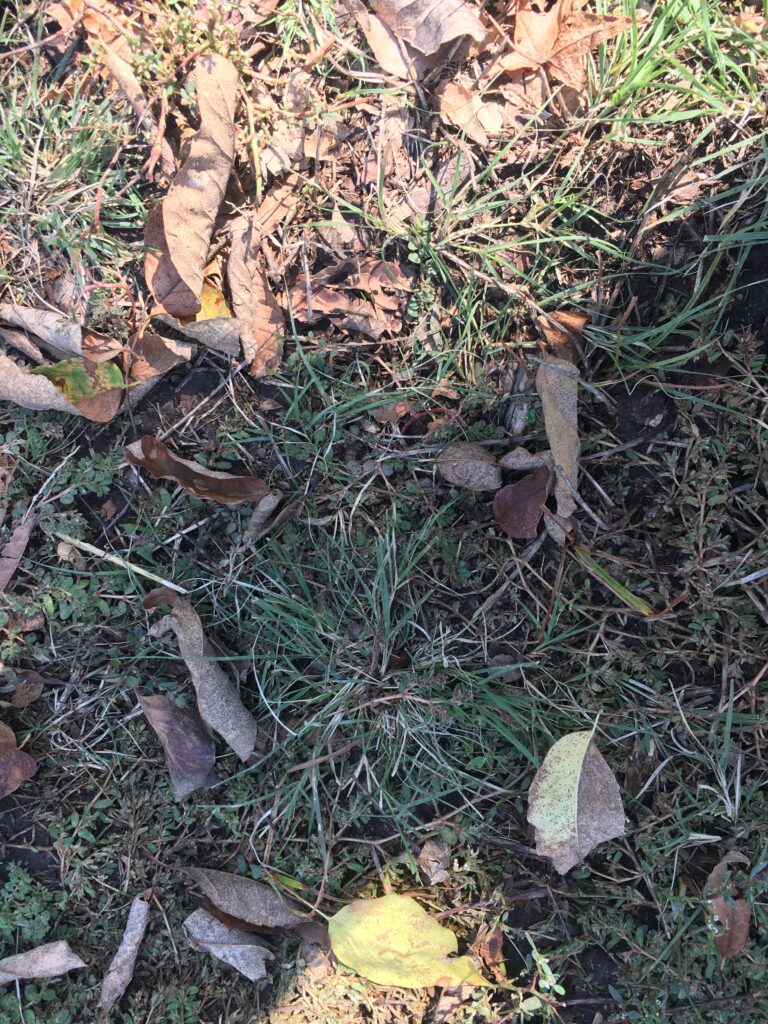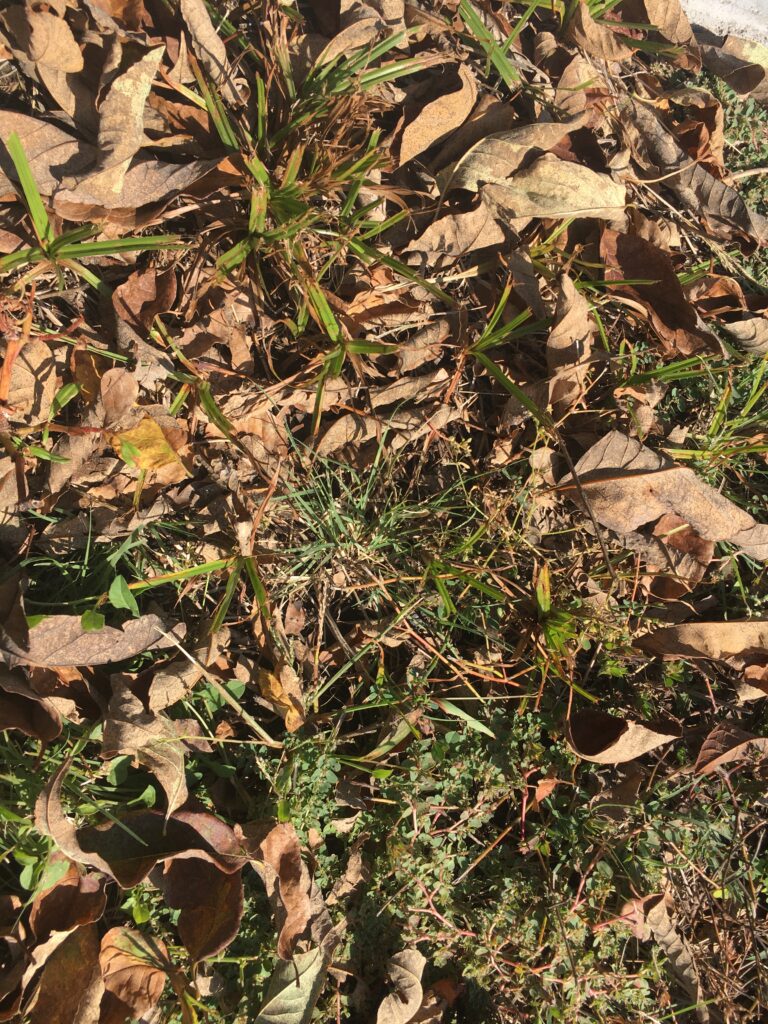My mom was serious about weed pulling. Especially after she retired, one could often find her out in her yard pulling weeds for hours at a time. Since I didn’t consider myself much of a gardener at the time, I didn’t really understand why she would spend so much time on what seemed, to me, to be a very mundane and laborious task.
It wasn’t until she entered the later stages of a terminal illness that I understood what a solace it was for her, a way to feel a sense of control over something, however small or futile it may have seemed to others.
Now that I have begun to develop a meaningful relationship with my yard, I find myself starting to “channel my inner Mom”. I have a semi-regular routine of going out to my front lawn to pull weeds from an ever-expanding patch of buffalo grass. In this practice, I have learned that weeding is an act of focused intention. And though it is also an act of exerting control over the land, if paired with an intention to learn from and respond to the plants themselves, this control can be moderated by care.
This weeding routine began two years ago, when I noticed a few buffalograss seedheads poking up through our polyculture lawn. Five or six years prior, we had felled an aged maple tree. Since then, the area in front of our house has formed a natural matrix of dandelions, clover, bermudagrass, foxtail and bindweed. But apparently, at some point there had been some buffalo grass, which was now emerging again. I wanted more of it and less of those other things.
I felt overwhelmed by the idea of using chemicals to kill the existing vegetation in order to have a clean slate for seeding. Instead, inspired by long-time Arboretum volunteer and mentor Lorna Harder, I began mimicking her strategy of pulling the undesired plants to give the buffalo grass a chance to propagate.

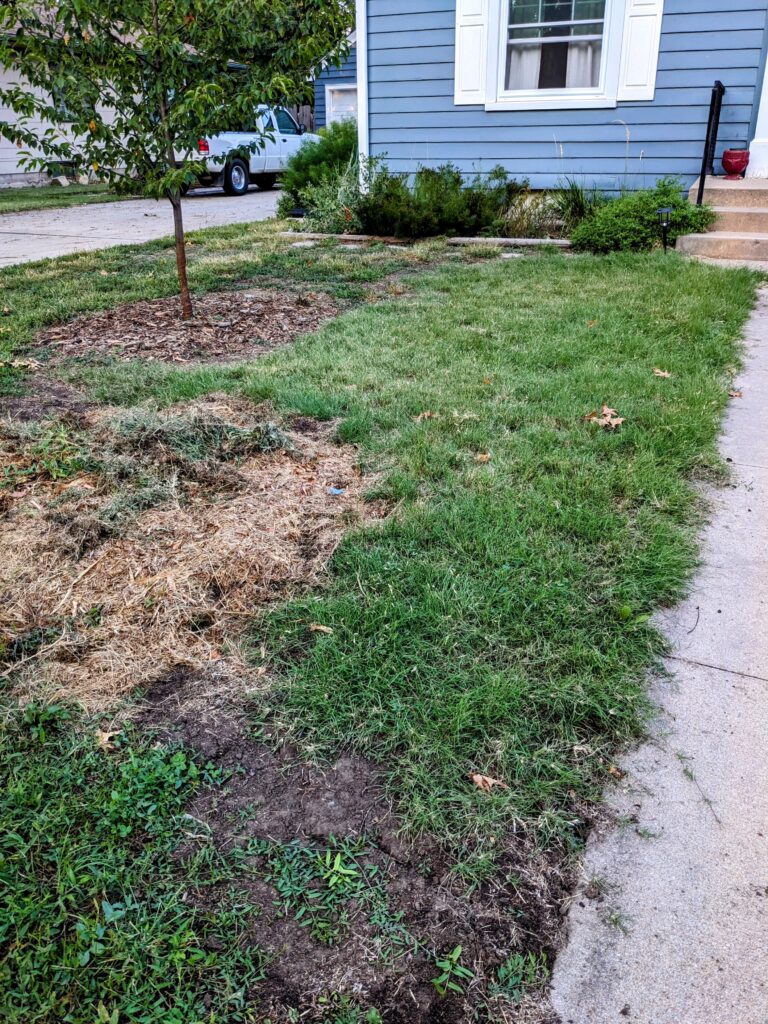

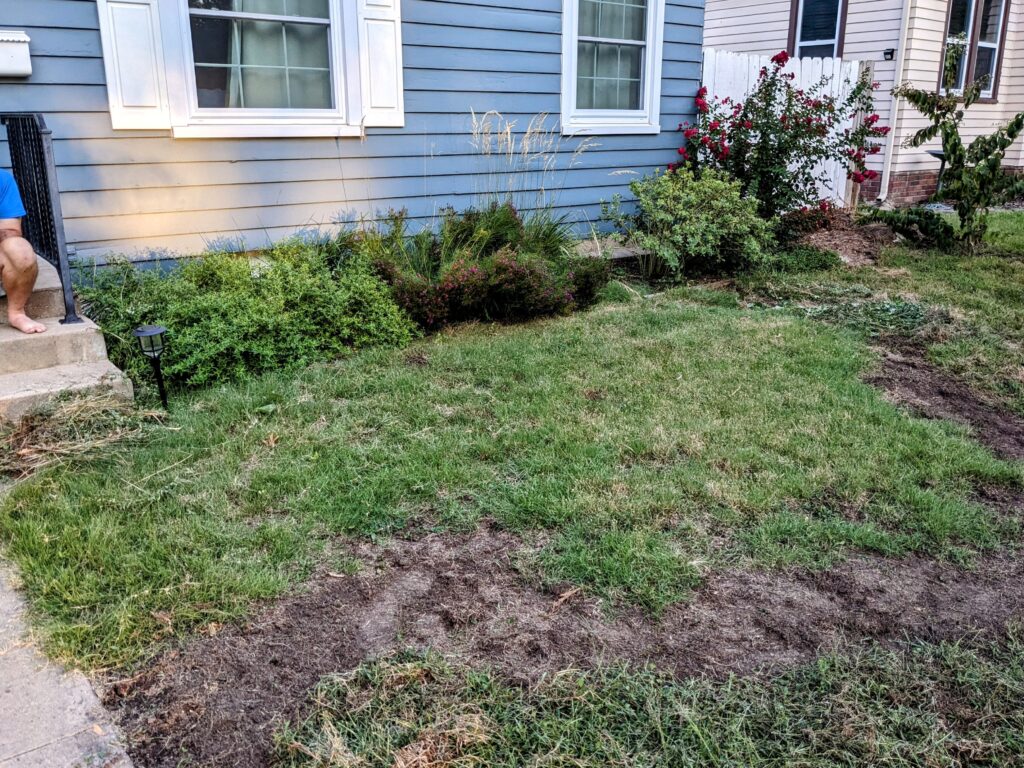
Most people probably wouldn’t choose this strategy for establishing a lawn. Whether it’s because of other demands on their time or a personal preference, most will opt for a more straight-forward approach with a predictable timeline, as recommended by my colleague Scott, or the Kansas State University Turf Management folks. I have decided that for me, it’s more about the process than the product. I consider weeding a part of my self-care routine, one that also benefits the ecosystem of my yard. Each year, as I take stock of how much ground was covered (pun intended), I am motivated to choose which area I’d like to work on next.
If this type of approach to gardening appeals to you as well, but feels too daunting, I would like to offer some encouragement that I recently received from one of our members. Try not to focus on all there is still left to do. Remember to look at all the progress you have already made.
Something to ponder while I continue my daily weeding.
